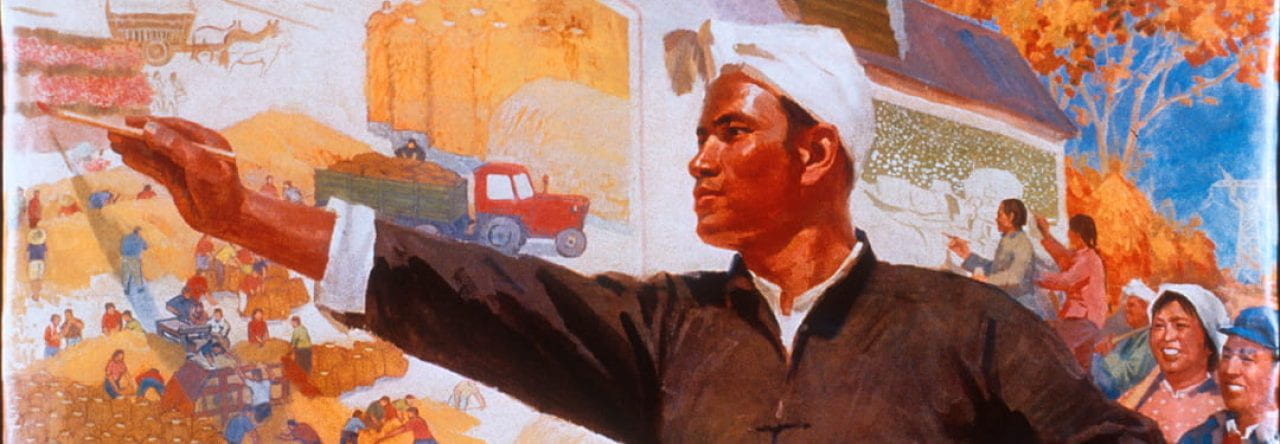The destruction of gender convention and deconstruction of society’s stylescape proves a hot topic with more than one Chinese artist. Female photographer and mixed media artist, O Zhang (b. 1976), hails from the city of Guangzhou, China where she would soon evacuate due to pressures of the Chinese Cultural Revolution. Currently, she has been photographing and traveling between New York and Beijing. Oil Painter, Cui Xiuwen (b. 1970), photographer and performance artist, began painting at a young age in northern China. She eventually became a member of the group called Sirens, where she, and three other female artists exhibited work in their small apartment – as women were hardly welcome in public spaces in the 90’s.Chengyao He (b. 1964), was born in the Sichuan province in China. During her childhood, the Cultural Revolution gained momentum and her family suffered. Much of her art has challenged feminism, body politics, nationalist and transnational issues as well as, photographer Pixy Liao (b. 1979), born in Shanghai who began her artistic adventures at the University of Memphis.
The Personal is Political: Female Identities In A Post-Revolution Era will explore the identities of women and children; specifically, how the cultural revolution (1966-76) and Chinese politics have affected the way in which these identities have been altered. This exhibition will feature four series of works which act to examine the personal female experience. Xiuwen’s One Day in 2004 (2005) and Zhang’s Horizon (2006), capture the relationship between society and the female body whilst incorporating memories of their own childhood. Artist’s Liao and He, “deconstruct China’s resolute definitions of gender and power” (van Peridon, 2020). Furthermore, testing Mao Zedong’s China (1946-1976): a discipline which molded the “individual body and mind, shaping a collective” consciousness and socialist entity (Cui, 2015). Aware of the profound changes in post-Mao Chinese society, these artists are an emblematic figure of a new generation of female artists whose presence is strongly asserted in the international art scene.
References
Cui, Shuqin. Gendered Bodies: Toward a Women’s Visual Art in Contemporary China. Honolulu: University of Hawaiʻi Press, 2015.
van Paridon, Elsbeth. “Bloody Pixy Liao: Reappointing Society’s Gender Roles.bloody Bad*Ss.” The China Temper, February 16, 2020. https://chinatemper.com/the-photographers/pixy-liao.



